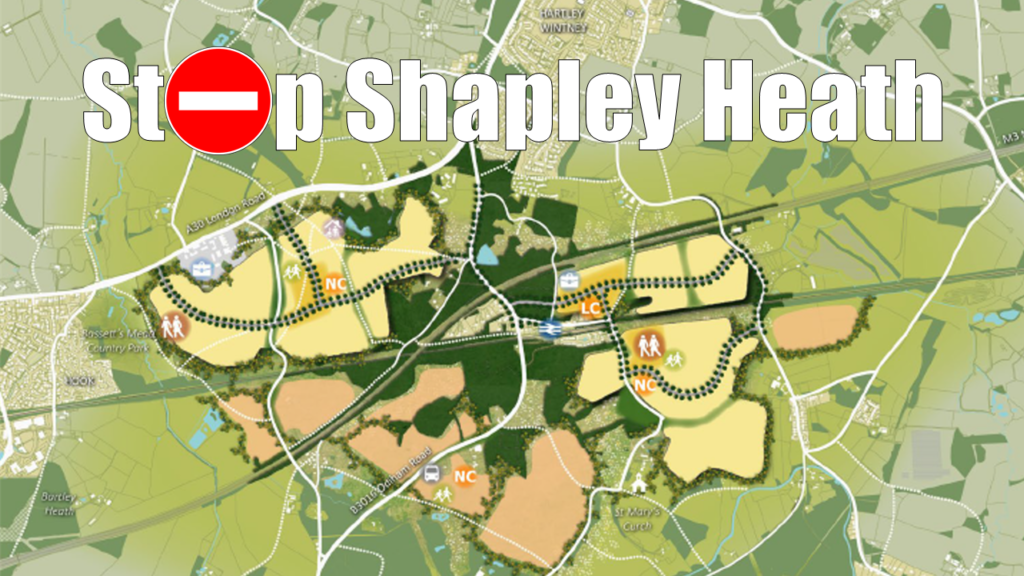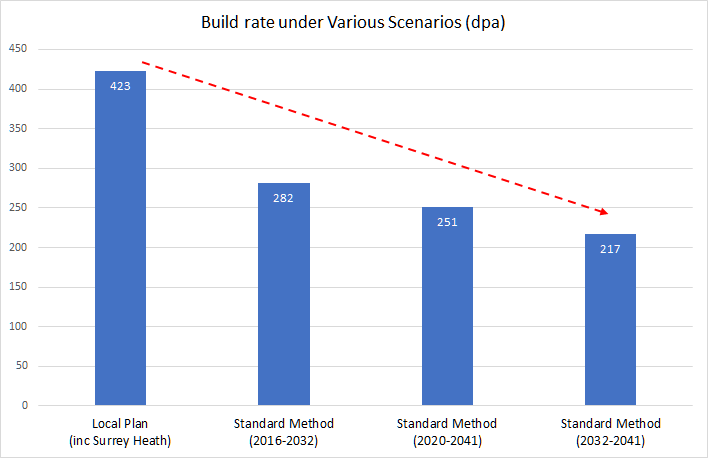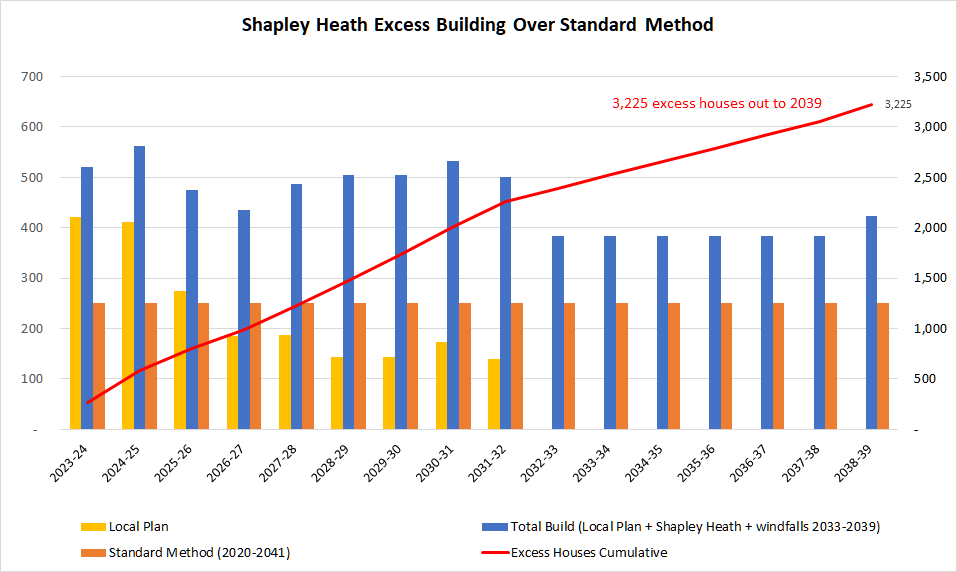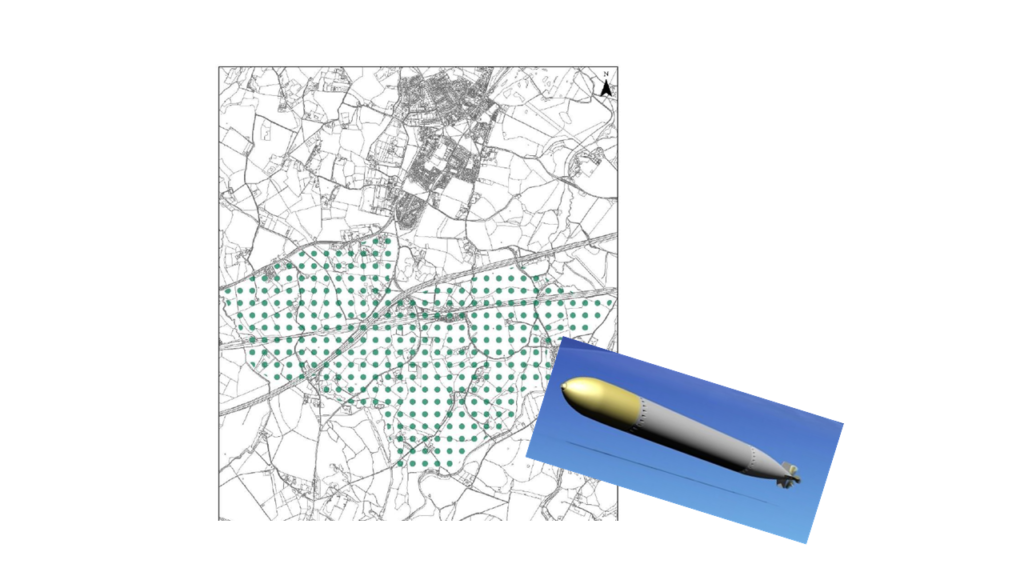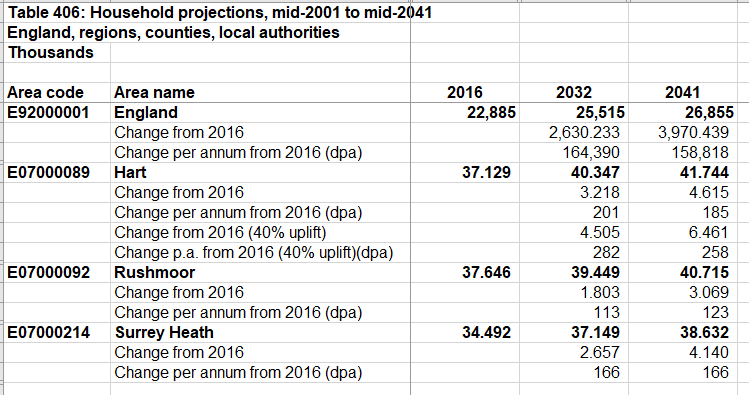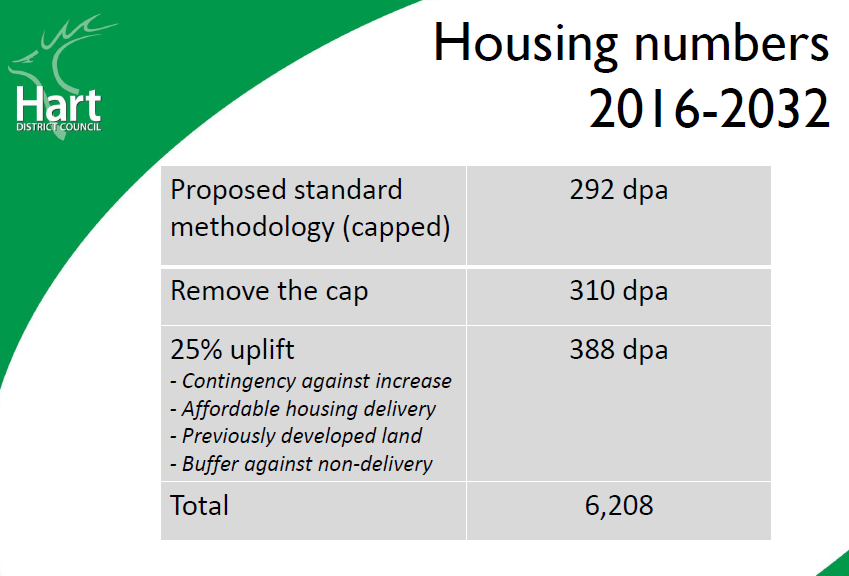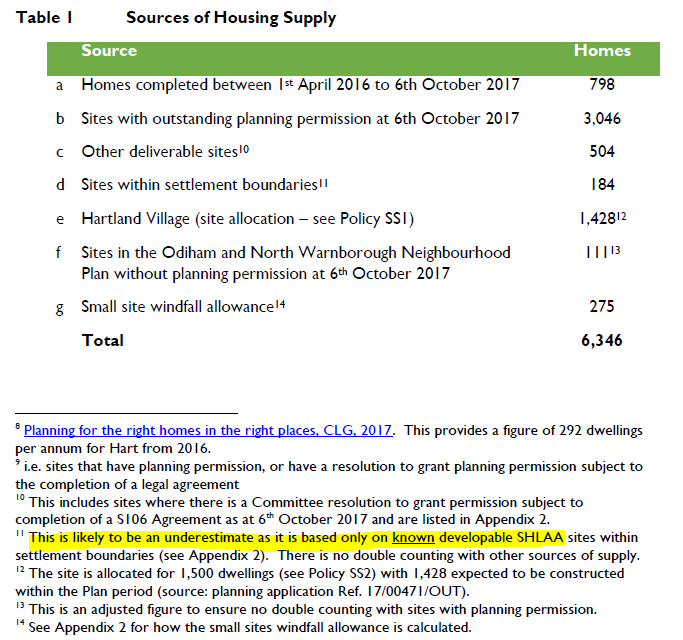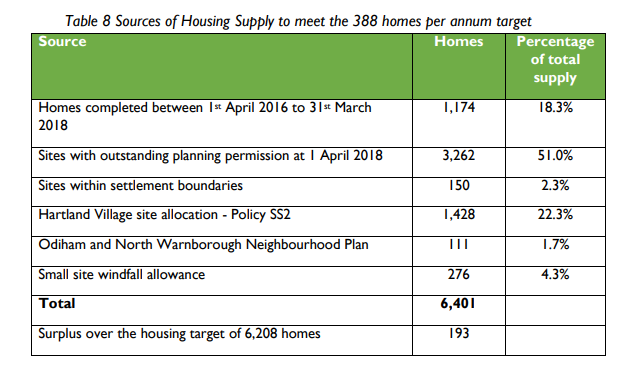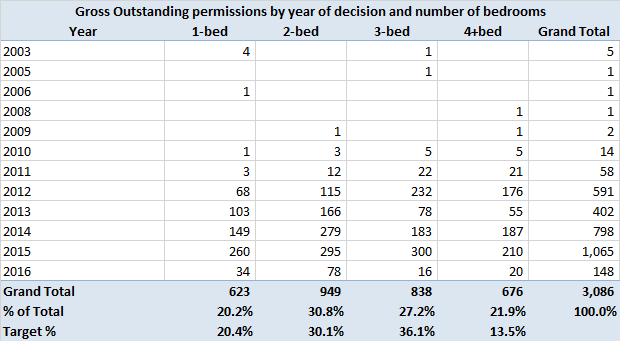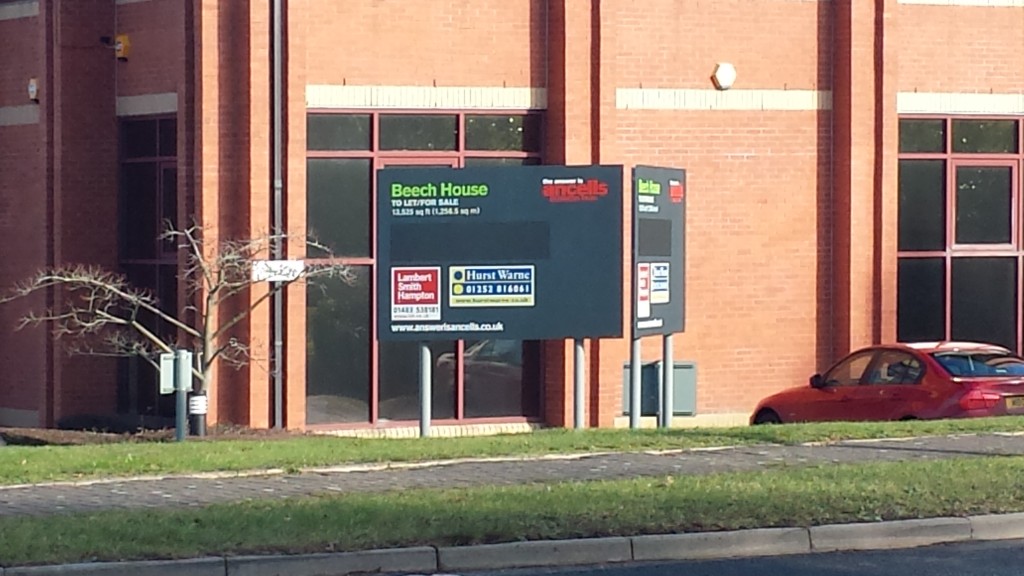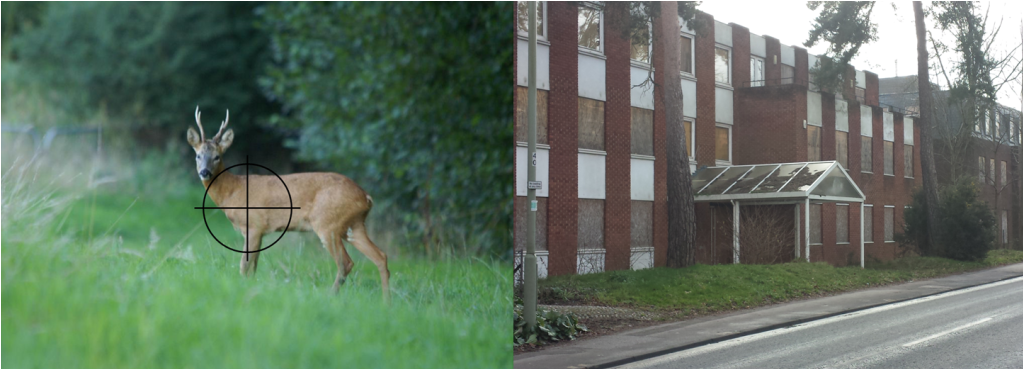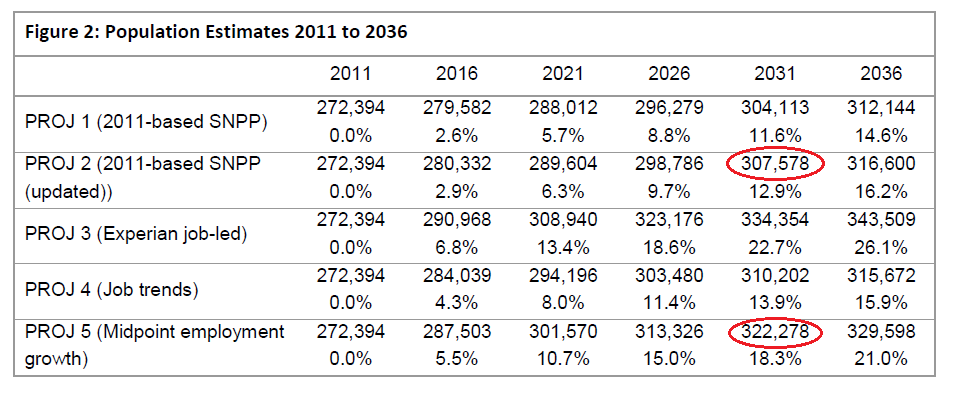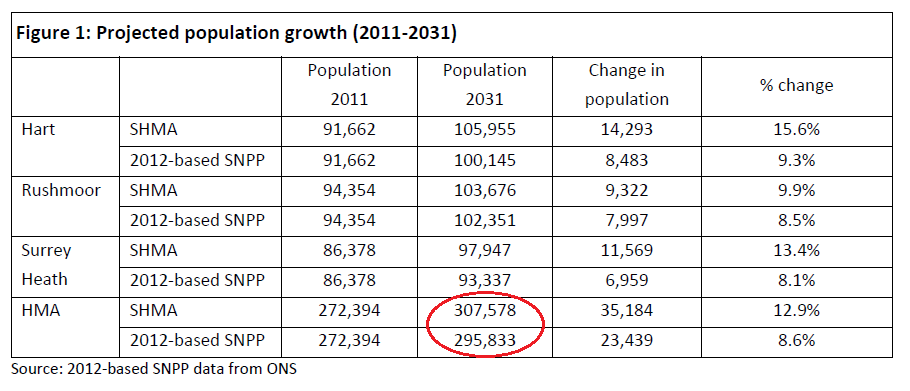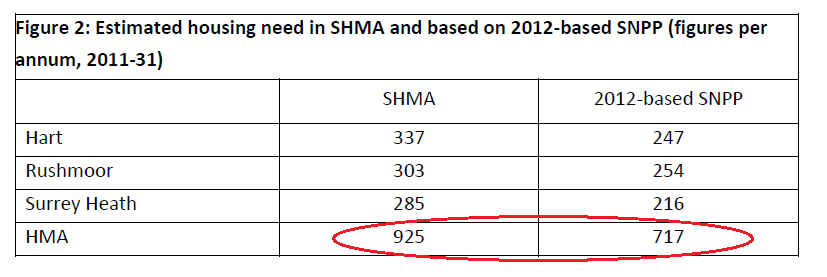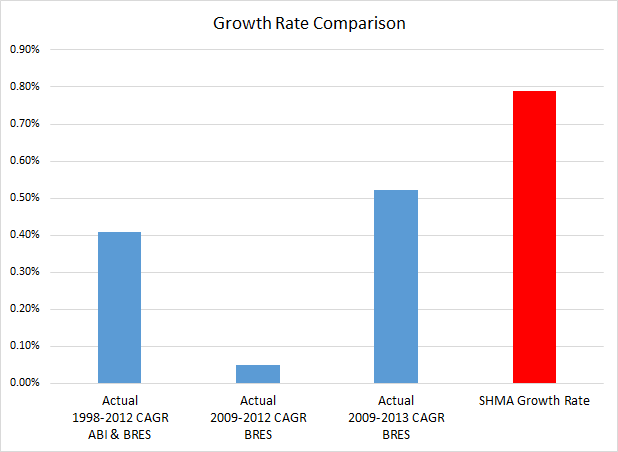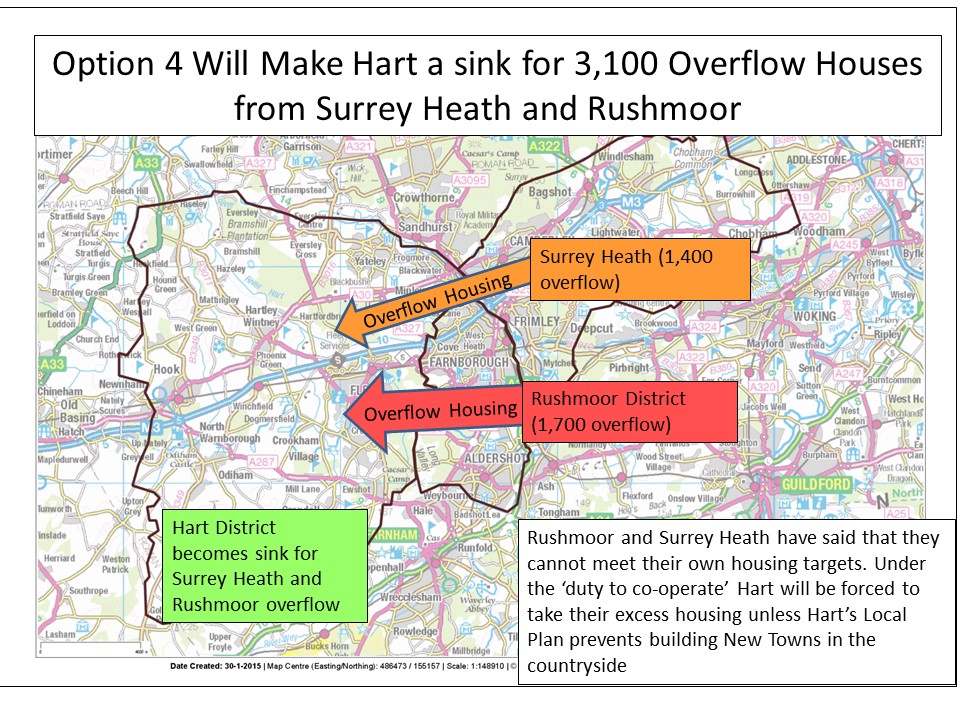Building Shapley Heath will increases Hart’s housing target. This is quite a complex argument, but please bear with us. First let’s dispel some myths.
The CCH/Lib Dem coalition claim that Hart’s housing target is bound to increase, so we must plan for Shapley Heath. But nothing could be further from the truth.
The Hart Local Plan is being examined under the old SHMA method, plus we have been asked to build 731 extra houses for Surrey Heath. This results in an average 423 dwellings per annum (dpa) over the plan period to 2032 (see main modification 19). The SHMA is the Strategic Housing Market Assessment, where the councils concerned pay consultants to make up numbers about our housing need. If we had been assessed under the new standard method, the housing need for Hart would have been 282 dpa.
In various documents Hart has suggested it will pursue an early review of the Local Plan once adopted. This early review will be carried out using the standard method. According to the latest ONS projections, this will see our annual average requirement fall to around 251 dpa for the period 2020-2041.
Moreover, Surrey Heath will be examined under the standard method. They have already ‘promised’ to build 4,901 houses on their own patch in the plan period 2016-2032 (see Objective A on page 13) . Under the standard method, their requirement will fall to 3,720. They already have more than enough sites identified to meet this need. It is likely that there will be no need for Hart to take any extra for Surrey Heath.
In summary, all the evidence points to Hart’s housing need falling, not increasing. Having dispelled the Lib Dem/CCH myth, let’s have a look at the impact of their proposals. In fact, building Shapley Heath will bake in over-building for decades to come.
Shapley Heath Garden Village impact on housing need
In recent years, we have built at a faster rate than is required by the Local Plan. This is the result of ‘planning by appeal’, where we have had a number of large developments forced upon us. This is forecast to continue out to around 2023. The Shapley Heath housing trajectory submitted to the Government adds to the build rate, starting in 2023.
However, under the standard method, our requirement falls to 251 dpa over the period 2020-2041. The steady-state build rate for Shapley Heath is 360 dpa, far higher than the requirement. If we add Shapley Heath (at only 5,000 total houses) to the existing Local Plan commitments, and compare it to the 2020-2041 requirement, then we will end up building 3,225 extra unnecessary houses out to 2039. If Shapley Heath expands to 10,000 houses, then this excess build rate will continue for many more years.
But it gets worse. The housing target is derived from population and household projections. The population projections are based upon trends from the previous ten years extrapolated forwards. If we continue to build more than we need to, this over-build is baked into our future housing targets, affecting us for decades to come. This will add extra pressure to build even more settlements or urban extensions such as Rye Common or West of Hook. So we must try and build at a steady rate to match no more than our annual housing target.
In conclusion, the rationale for investigating Shapley Heath is built on (at best) a misconception about future housing targets. Continuing to build this monstrosity will add even more pressure to build even more. It is a reckless policy that must be stopped.
Let’s hold our politicians to their word:
If the Government don’t force any more houses on us, this development is not needed, it will never go ahead.
If we don’t need the houses, then it won’t get done.
Well, we don’t need the houses, so it’s time to save £650K and abandon the project now.
This is another of our posts showing:
- What is Shapley Heath, explaining its location and scale?
- All the reasons why Shapley Heath Garden Village is a bad idea
- An outline of an alternative approach to long term planning in Hart
The master page containing all of these posts can be found here. A link is also provided in the navigation at the top of the page. Please do keep an eye out for further updates and share them with your friends.
